Optimal Seasons for Foundation Repairs
Foundation repairs are most effective when performed during specific times of the year, depending on weather conditions and soil stability. Proper timing can help ensure the longevity and effectiveness of repairs, reducing the risk of future issues.
Understanding seasonal variations and soil conditions is crucial for scheduling foundation work. Typically, the optimal periods are during moderate weather conditions, avoiding extreme cold or heat, which can impact the repair process and materials used.
Spring offers moderate temperatures and stable soil conditions, making it suitable for foundation repairs. It allows for timely completion before the summer heat and winter cold.
Fall provides cooler weather and less soil movement, which can be ideal for foundation work. It also allows for repairs to settle before winter.
Extreme cold or heat can hinder repair processes. Cold temperatures may cause materials to freeze or cure improperly, while heat can accelerate curing times unpredictably.
Soil moisture levels impact foundation stability. Repairs are best performed when soil is neither too wet nor too dry, typically in spring and fall.
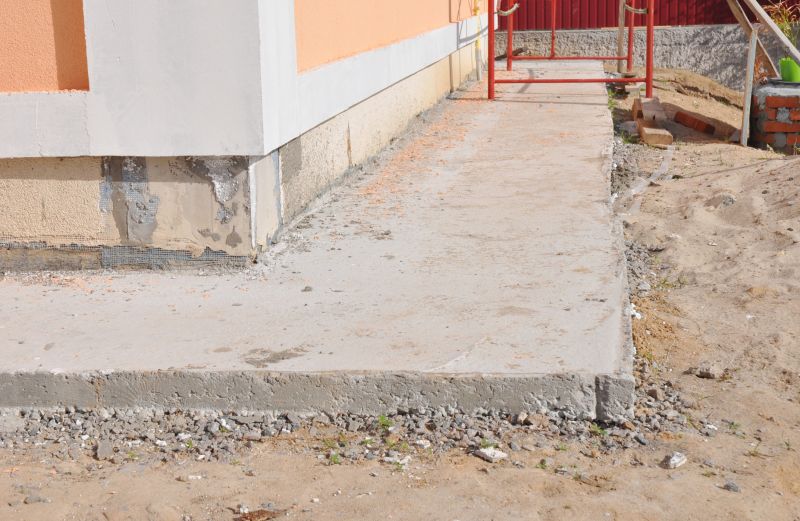
Springtime offers optimal conditions for foundation stabilization projects.

Fall provides cooler weather ideal for foundation maintenance.
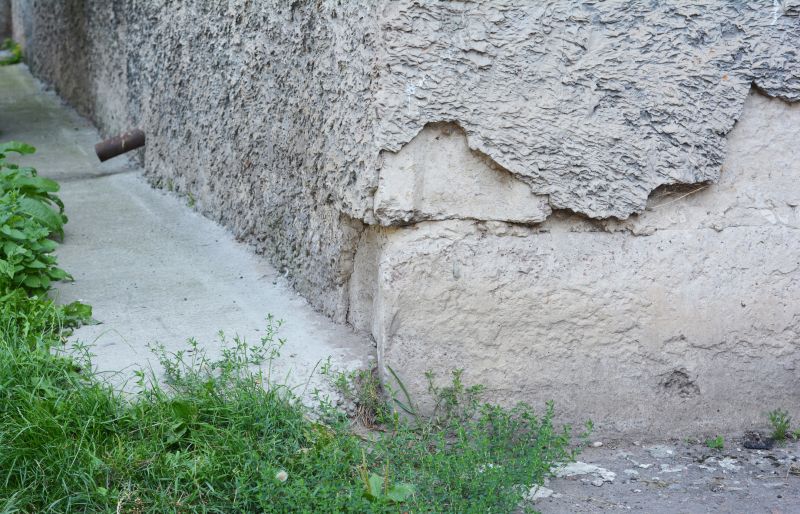
Warm, dry soil can complicate foundation repair efforts.
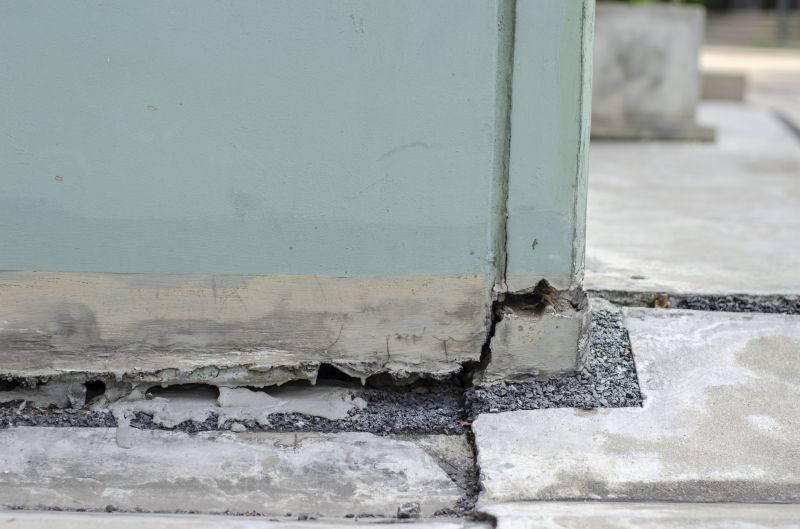
Frozen ground can delay foundation work and affect repair quality.

Specialized tools are used for foundation stabilization during suitable weather.
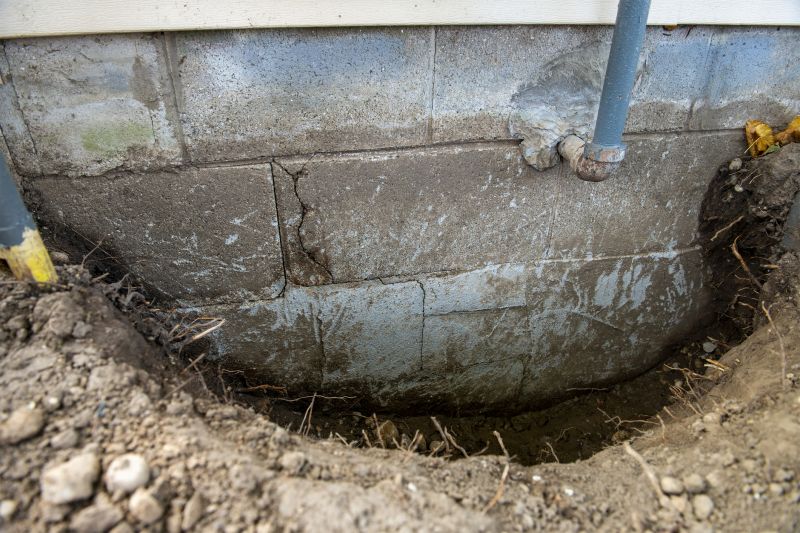
Cracks often indicate shifting soil, which repairs aim to correct during optimal seasons.
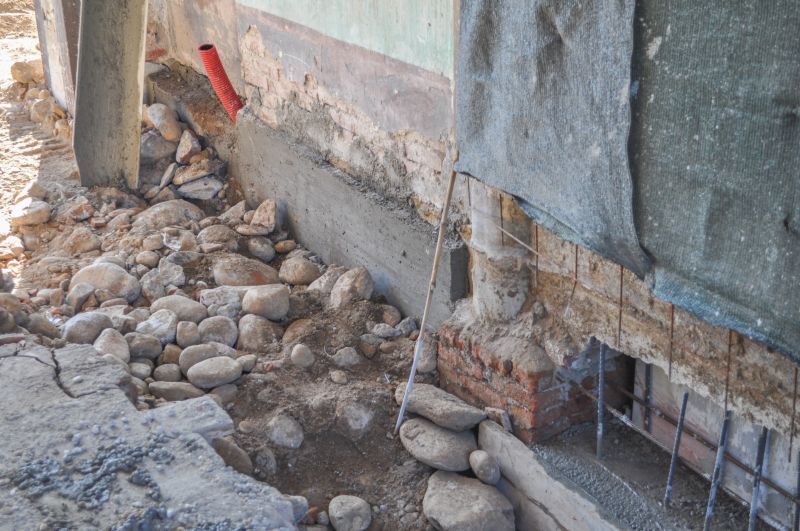
Underpinning is more effective when soil movement is minimal.
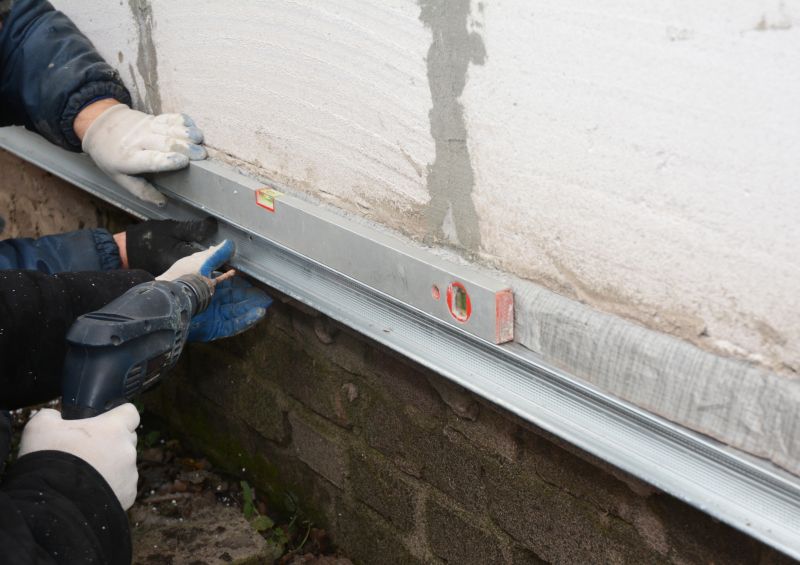
Monitoring foundation stability is crucial after repairs, especially during seasonal transitions.
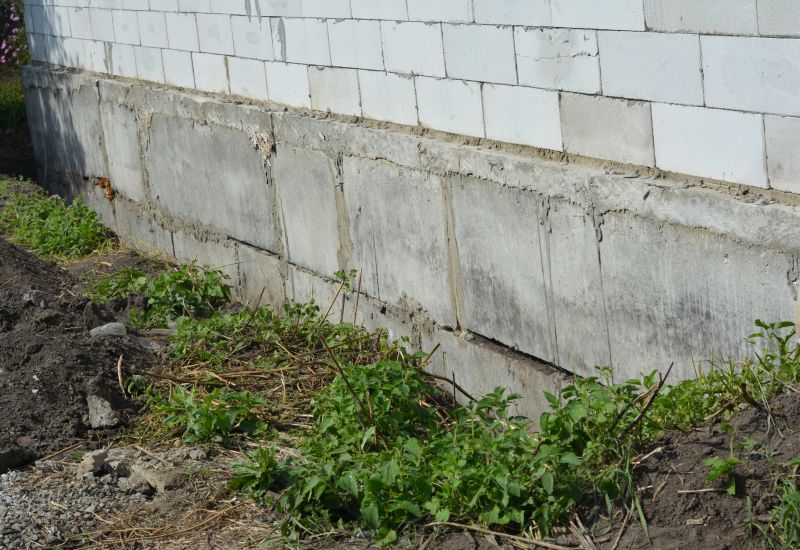
Proper planning considers seasonal weather patterns for best results.
| Season | Ideal Conditions |
|---|---|
| Spring | Moderate temperatures, stable soil moisture |
| Summer | Dry conditions, but high temperatures may pose challenges |
| Fall | Cooler weather, less soil movement |
| Winter | Frozen ground, generally unsuitable |
Foundation repairs involve addressing structural issues caused by soil movement, settling, or shifting. Proper timing ensures that repairs are effective and durable. Soil conditions, moisture levels, and weather patterns significantly influence the success of foundation stabilization efforts. Regular inspections and timely repairs can prevent more extensive and costly damage over time.
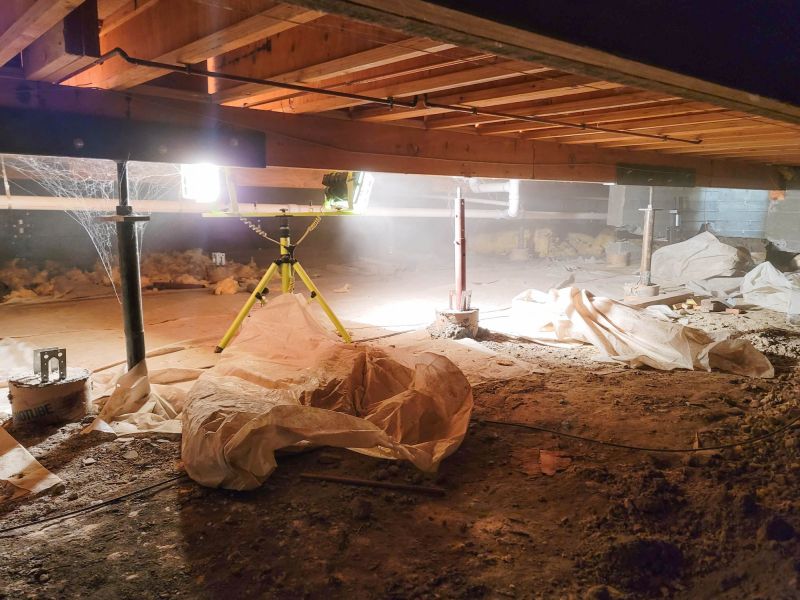
Specialized tools facilitate precise repairs during optimal weather conditions.
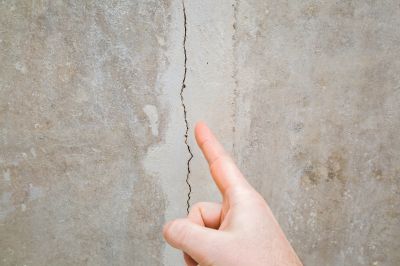
Addressing cracks early during suitable seasons prevents further damage.
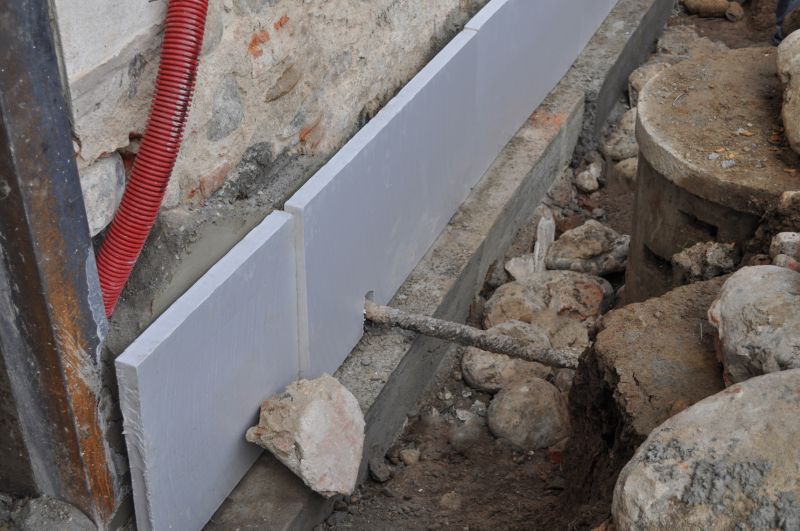
Proper soil stabilization is essential for long-term foundation stability.
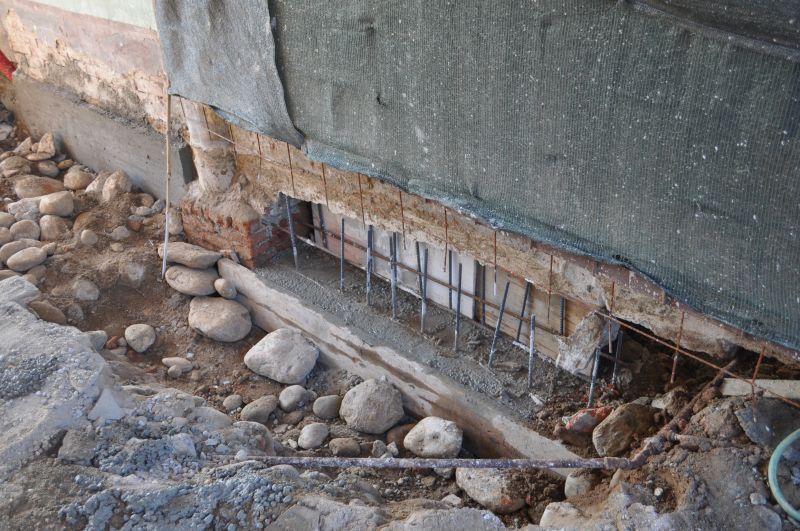
Underpinning provides additional support during appropriate weather periods.
Interested in foundation repairs? Filling out the contact form can provide more information about scheduling and options suitable for specific conditions in Dekalb, Illinois. Proper timing and professional assessment are key to maintaining a stable foundation.

